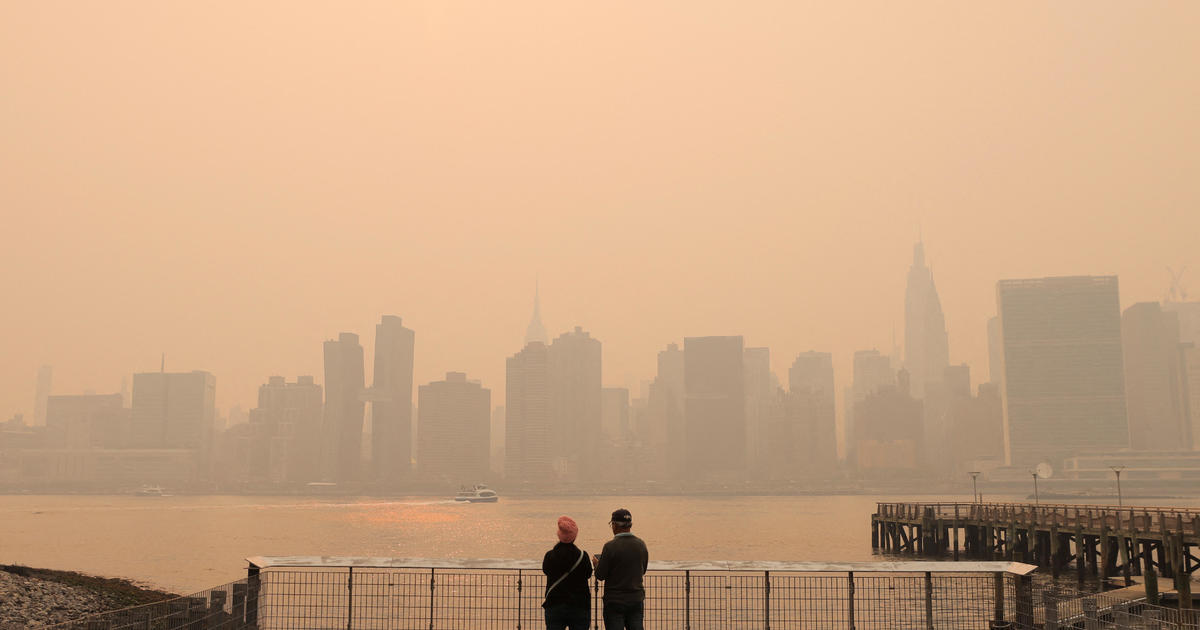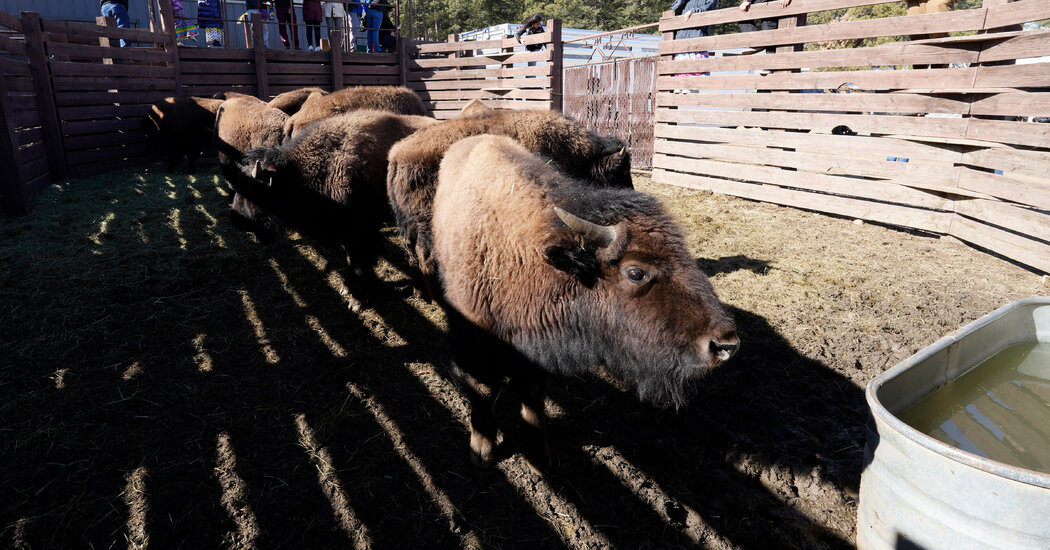Climate Change Made East African Drought 100 Times as Likely, Study Finds
Two and a half years of meager rain have shriveled crops, killed livestock and brought the Horn of Africa, one of the world’s poorest regions, to famine’s brink. Millions of people have faced food and water shortages. Hundreds of thousands have fled their homes, seeking relief. A below-normal forecast for the current rainy season means the suffering could continue.
Human-caused climate change has made droughts of such severity at least 100 times as likely in this part of Africa as they were in the preindustrial era, an international team of scientists said in a study released Thursday. The findings starkly illustrate the misery that the burning of fossil fuels, mostly by wealthy countries, inflicts on societies that emit almost nothing by comparison.
In parts of the nations hit hardest by the drought — Ethiopia, Kenya and Somalia — climate hazards have piled on top of political and economic vulnerabilities. The region’s string of weak rainy seasons is now the longest in around 70 years of reliable rainfall records. But according to the study, what has made this drought exceptional isn’t just the poor rain, but the high temperatures that have parched the land.
The study estimated that periods as hot and dry as the recent one now have a roughly 5 percent chance of developing each year in the region — a figure that is poised to rise as the planet continues to warm, said Joyce Kimutai, principal meteorologist at the Kenya Meteorological Department and the study’s lead author. “We’re likely to see the combined effect of low precipitation with temperatures causing really exceptional droughts in this part of the world.”
Climate groups have for years pointed to the calamity in East Africa as evidence of the immense harm inflicted on poor regions by global warming from emissions of heat-trapping gases. The new analysis could give more ammunition to those urging polluter nations to pay for the economic damage attributable to their emissions.
“This vital study shows that climate change is not just something our children need to worry about — it’s already here,” said Mohamed Adow, the director of Power Shift Africa, a think tank in Nairobi, Kenya. “People on the front lines of the climate crisis need, and deserve, financial help to recover and rebuild their lives.”
At United Nations climate talks last year in Egypt, diplomats from nearly 200 countries agreed to establish a fund to help vulnerable nations cope with climate disasters.
“Now we must ensure that the fund is made fit for purpose,” said Harjeet Singh, head of political strategy for Climate Action Network International. “This means rich nations and big polluters paying their share to bring the fund to life and to ensure that adequate money reaches those affected on the ground before it is too late.”
In Somalia in particular, the dryness has compounded the instability caused by years of armed conflict. There, the drought may have caused 43,000 excess deaths last year, according to estimates issued last month. Nearly half of these were among children younger than 5.
The new analysis was conducted by Dr. Kimutai and 18 other researchers as part of World Weather Attribution, a scientific collaboration that tries to untangle the influence of human-induced climate change on specific heat waves, floods and other episodes of extreme weather. The study has not yet been published in a peer-reviewed journal, though it relies on methods that are widely used and accepted by researchers.
Scientists know that global warming is increasing the average likelihood and severity of certain kinds of wild weather in many regions. But to understand how it has affected a particular one-off event, they need to dig deeper. It’s like smoking and cancer: The two are undeniably linked, but not all smokers develop cancer, and not all cancer patients were smokers. Each person is slightly different, and so is every weather event.
To determine the effects of global warming on individual weather episodes, climate researchers use computer simulations to compare the global climate as it really is — with billions of tons of carbon dioxide pumped into the atmosphere by humans over decades — and a hypothetical climate without any of those emissions.
The authors of the new study examined the drought in East Africa by looking at data on average rainfall over 24 months and during both of the region’s wet seasons, one between March and May and the other between October and December. Their mathematical models showed that climate change had made springtime rains as weak as the recent ones about twice as likely. The models also showed that climate change was having the opposite effect on the fall rainy seasons, making them wetter. And they indicated no effect on combined rainfall over two-year periods.
A different picture emerged, however, when the researchers looked at both rainfall and evapotranspiration, or how much water leaves the soil because of warm temperatures. Their models showed that global warming had made combinations of high evapotranspiration and poor rainfall as severe as the recent spell at least 100 times as likely as they were before the Industrial Revolution.
Scientists are getting a much better grasp on the atmospheric conditions that lead the rains to fail above the Horn of Africa, and on how global warming might be affecting them.
In recent decades, when the Pacific Ocean has experienced La Niña conditions, the trade winds strengthen and push warm water from the ocean’s eastern end toward its western one. Heat builds up in the western equatorial Pacific around Indonesia, causing moist air to rise from the sea surface and form thunderstorms. This in turn affects the circulation of air above the Indian Ocean, which draws more moisture from the western end of that ocean toward the eastern end, and leaves less to fall as rain above the Horn of Africa.
Climate change has been steadily heating up the surface of the western Pacific, which amplifies this sequence of events and increases the odds of poor rains in East Africa during La Niña periods.
Improved scientific understanding has helped forecasters predict the recent weak rainfall in East Africa months in advance, said Chris Funk, a climate scientist and director of the Climate Hazards Center at the University of California, Santa Barbara.
“That’s light-years ahead of where we were in 2010 or 2016,” he said, referring to years that preceded past droughts in the region.
Policymakers in East Africa need to help communities become better equipped to recover from future droughts — for instance, by encouraging the use of drought-tolerant crops and livestock, said Phoebe Wafubwa Shikuku, an adviser in Nairobi with the International Federation of Red Cross Red Crescent Societies. “Drought will continue to happen,” she said. “Now we have to look at, How do we address the various impacts?”


